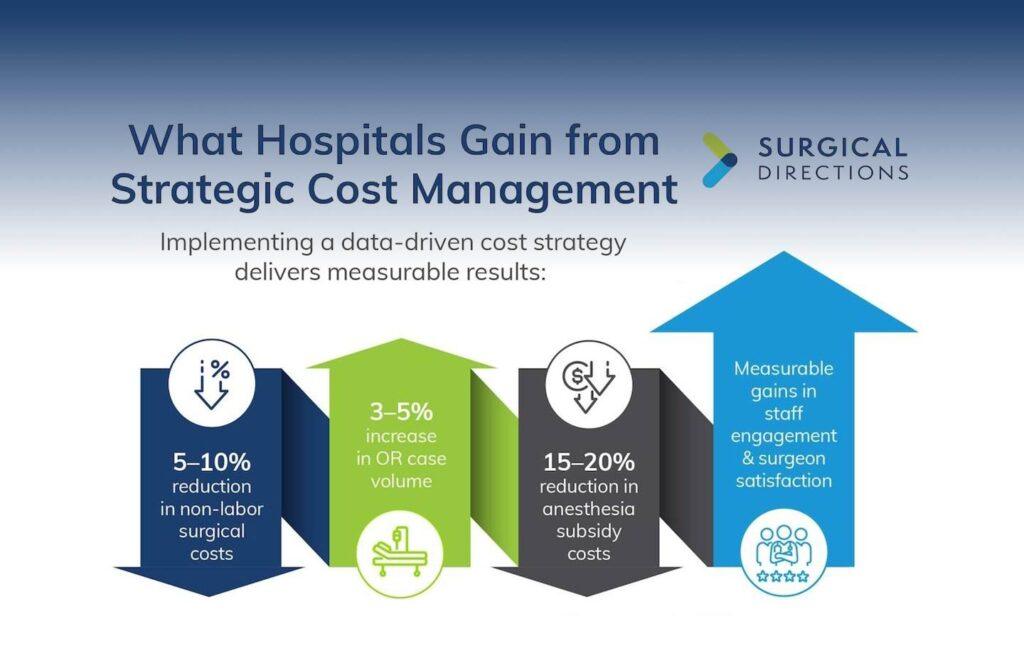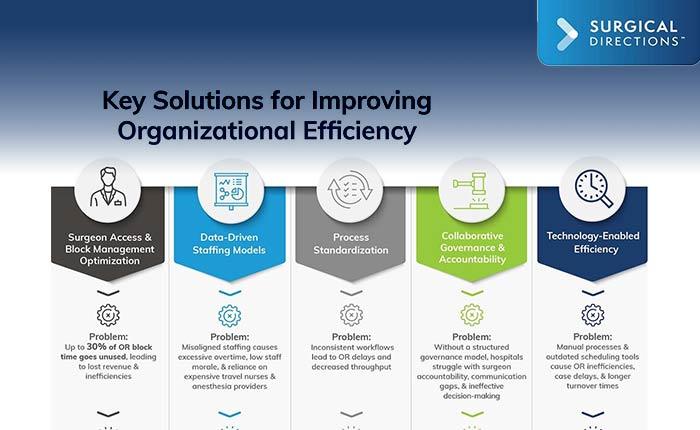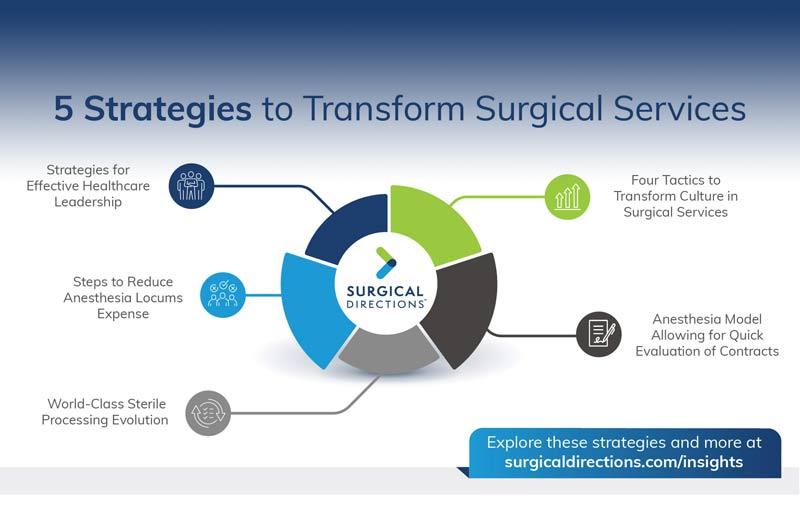We team up clinical and business experts with your in-house leaders to drive sustainable improvement. We provide coaching, mentoring, and training to enhance recruitment, retention, and perioperative culture. Additionally, our pool of clinical leaders can be placed onsite to help drive these changes from within.
How We Can Help You
Elevating Healthcare Excellence
Welcome to Surgical Directions: Your Partner in Healthcare Excellence. We specialize in perioperative, procedural, and anesthesia healthcare consulting, delivering tangible financial results while optimizing patient care. Our comprehensive approach includes process improvement, governance creation, and adherence to national best practices across all facets of your procedural care. Let us help you unlock your ORs’ potential.
Transform Your Healthcare Team with
Powerful Workforce Solutions
Unlock Actionable Insights with Merlin Analytics
Harness the potential of your OR data using predictive analytics powered by our Merlin technology. It offers data-driven insights to optimize patient throughput, improve anesthesiology resource allocation and enhance surgical access. Explore MerlinTM to see our heat-mapping insights, surgeon scorecards, and more.
Featured Case Studies
Filter
Recent Insights
Ready to get started?
Fill out the form below to schedule a consultation.
"*" indicates required fields












